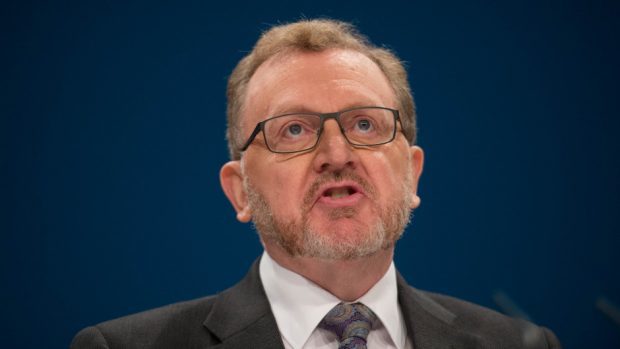Scottish Secretary David Mundell has indicated Holyrood will not automatically be handed more powers when the UK leaves the EU.
He said the devolution settlement would undoubtedly be changed as a result of Brexit, but insisted how would be “subject to debate and discussion”.
His stance contrasts claims by George Eustice in the run-up to the referendum that Scotland would receive greater authority as a matter of course in the event of Brexit.
The farming and fisheries minister, who campaigned for Vote Leave, said leaving the EU would strengthen the UK because it would mean “important powers” – including most of those that the EU has over fishing – would be “automatically devolved to the Scottish Parliament”.
But he appeared to backtrack last week, signalling at the Tory party conference that some kind of UK-wide framework would be required when responsibilities over agriculture and fishing are repatriated from Brussels.
SNP MPs raised the issue during Scottish Questions in the Commons yesterday, calling on Mr Mundell to spell out the implications for Holyrood’s authority.
Carol Monaghan, who represents Glasgow North West, asked: “Can you tell us which powers that are currently controlled by Brussels the UK Government will commit to giving to Holyrood and which will be re-reserved to Westminster?”
Mr Mundell replied: “It’s self-evident that, because the devolution settlements within the UK are predicated on the basis that the UK was a member of the EU, then those devolution settlements will be changed by the UK leaving.”
But he added: “Those will be matters which will be subject to debate and discussion.”
And last night, a UK Government source stressed “no assumptions” were being made about where responsibility for the powers that come back to the UK would end up.
Asking for clarification in the Commons, Glasgow North MP Patrick Grady asked the minister to “categorically rule out” the “re-reserving” of powers to Westminster.
Mr Mundell did not, however, but added: “What I can say is that no powers which are currently exercised by the Scottish Parliament will be re-reserved to this parliament as a result of the UK leaving the EU.”
Scottish Tory Leader Ruth Davidson was asked what additional powers Holyrood should get after Brexit at the Tory conference last week.
She said she had met representatives of the Scottish Fisherman’s Federation, the White Fish Fleet and Pelagic Federation in the summer who told her they wanted a UK-wide approach.
“They didn’t want it to be devolved,” she added. “They have met with people in the Scotland Office and I believe also the Treasury to talk about what their asks are, they don’t want two different things.”
